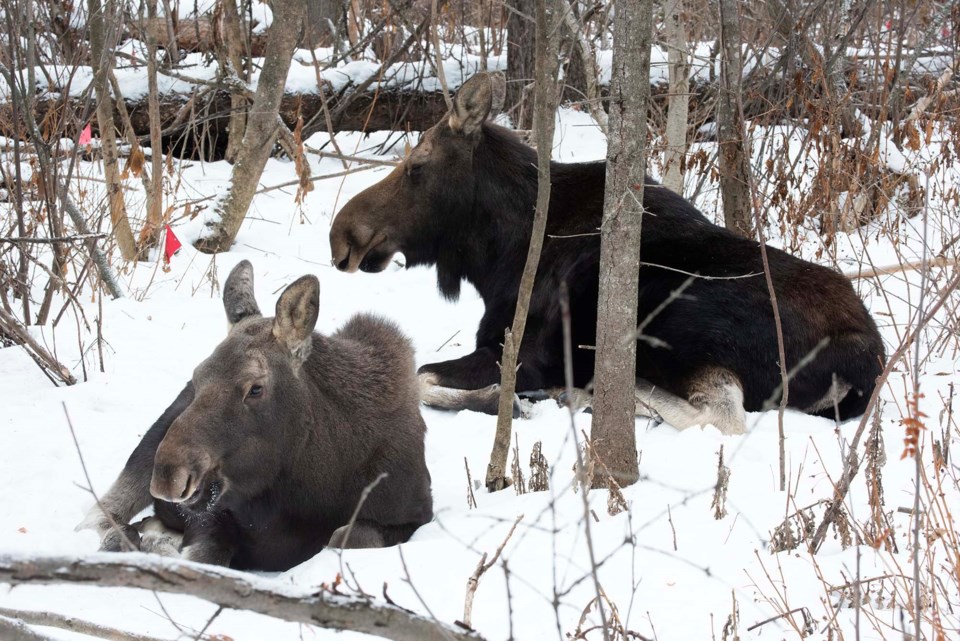Nature fans can now learn all about the moose, mice, and wolverines of Big Lake through a just-released guide to the animals of Lois Hole Park.
The Big Lake Environment Support Society’s Animal Guide to Lois Hole Centennial Provincial Park is available for purchase at the Musée Héritage Museum in St. Albert as of the week of Jan. 11, 2023. A free digital version is also available at bless.ab.ca/documents.html.
The guide is a sequel to the society’s previous guides on the plants and birds of Lois Hole Park, and was made possible through a $2,250 Environmental Initiatives Grant from the City of St. Albert, said BLESS treasurer Miles Constable. The guide is meant to teach people about the park’s animals and raise money for BLESS.
The guide contains photos and information on 53 mammals, reptiles, and amphibians that guests could find in and around Lois Hole Park based on local knowledge and scientific research, Constable said.
“I can’t say we’ve spotted all these animals, but there’s no reason to believe they’re not there.”
Constable said there are 250 physical copies of the guide available. St. Albert schools will get free copies, while the rest will be sold through the Musée.
Wild wildlife
Guide co-author Linda Brain said researching the animals of Big Lake left her awestruck.
“I kept writing far more than I was supposed to be writing because as a layperson all of these facts just jumped out at me,” Brain said.
The muskrat has two-to-three litters of six-to-eight young a year, and serves as a food source for many predators, she said as an example. Big Lake was also likely home to thirteen-lined ground squirrels, which breathe once every five minutes during hibernation, and pygmy shrews, which eat three times their body weight every day.
The guide also covers salamanders, toads, frogs, and snakes around Big Lake, said co-author Lyn Druett. These species tend to be elusive, and park visitors were more likely to hear than see them.
Constable said he has seen signs of black bears around Lois Hole Park, with research suggesting there may five species of bat in the area too. The grey wolf was at once point a park resident, but there has not been a confirmed sighting of one in the park for many years.
Perhaps the most surprising entry in the guide is the wolverine — a ferocious, brown, stocky, dog-like creature that has been spotted just twice around Lois Hole Park in the last 10 years.
Environmentalist Elke Blodgett spotted a wolverine years ago while standing on the BLESS observation platform, Constable said. The other sighting came from a conservation officer who filmed a wolverine in a Grandin-area backyard.
“They have a very distinctive way of moving,” Constable said of the wolverine’s bounding gait, and a big puffy tail.
Constable and Brain said anyone who spots an animal in Lois Hole Park should keep their distance and leave it alone, as some of the larger ones (such as the moose) can be dangerous if provoked.
Anyone lucky enough to find a western tiger salamander should avoid touching it with their bare hands, as salamanders can be harmed by human skin oil, Druett added.
The print version of the guide costs $10.




